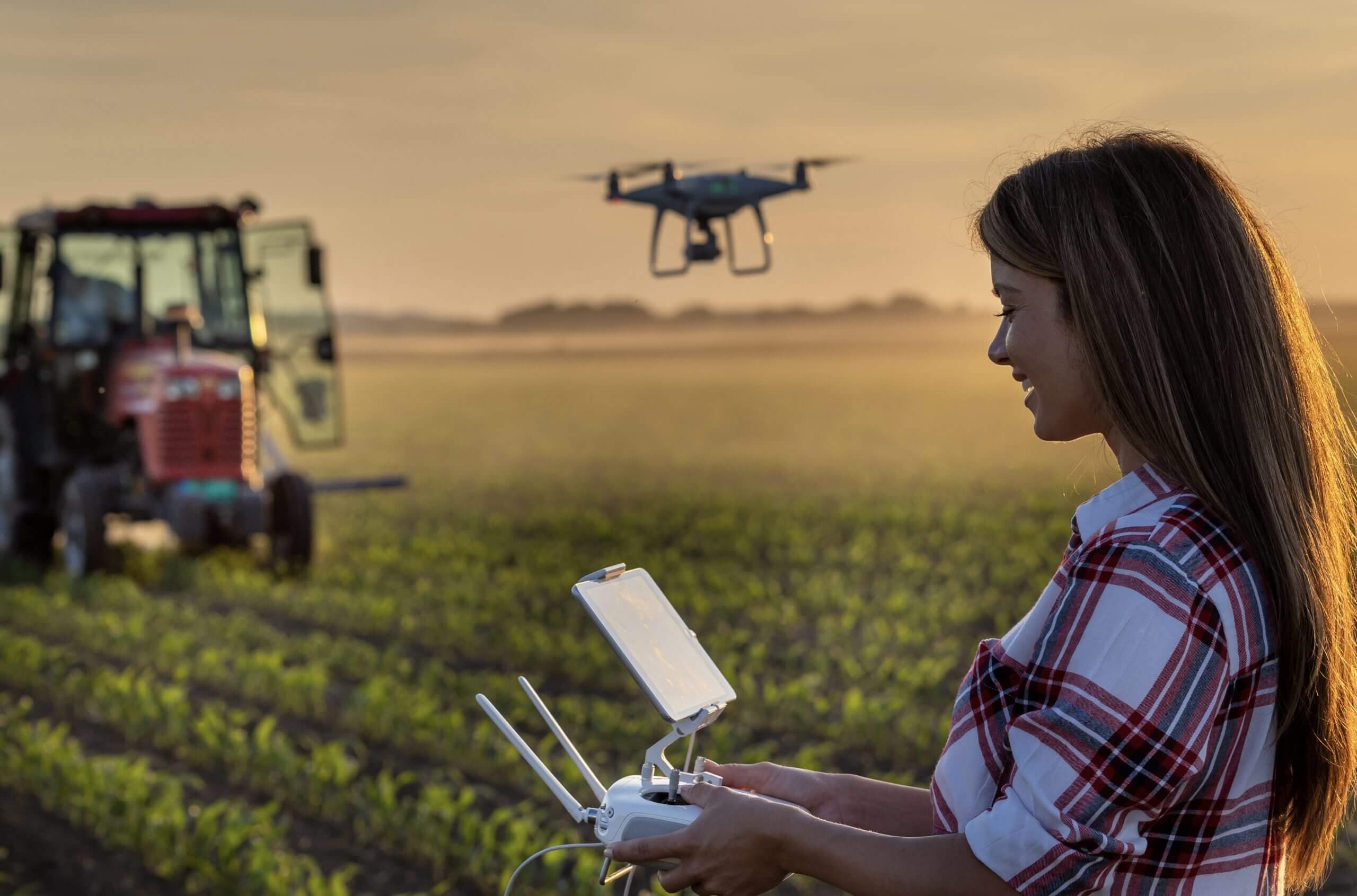Scaling a drone operation is exciting.
You start with a single drone, a few jobs, and a handful of clients. Then the momentum builds:
- You invest in more drones.
- You land bigger contracts.
- You hire remote pilots or subcontractors.
- You add sensors, payloads, and mission complexity.
Your business is evolving fast.
But what about your insurance?
If your coverage hasn’t evolved with your operation, you could be underinsured, and exposed to unnecessary risk.
In this article, we’ll walk you through what to evaluate as your drone business scales and how to upgrade your insurance without slowing down.
Signs Your Drone Insurance Policy Is Out of Date
Ask yourself:
- Have you added any drones this year?
- Are you using new payloads, sensors, or aircraft over 55 lbs?
- Have you hired employees or added remote pilots?
- Are you flying longer missions or in riskier environments?
- Are you bidding on projects with stricter insurance requirements?
If the answer to any of these is yes—your policy needs a review.
Risk Increases as You Grow
More equipment = more to protect.
More contracts = more liability.
More pilots = more complexity.
We’ve seen fast-growing drone businesses hit snags because their policies didn’t evolve, like:
- Missing drones not added to the schedule
- New pilots not approved under the policy
- Hull values too low for upgraded payloads
- Outdated COIs rejected by clients
Growth is good. But growth without insurance alignment is risky.
What to Review in a Scaling Drone Operation
1. Named Insured
Make sure your business name, structure, and ownership are correct. If you’ve incorporated, added an LLC, or changed names, it needs to be reflected.
2. Drone Inventory (Scheduled Equipment)
All drones should be listed by:
- Make
- Model
- Serial number
- Insured value
This includes backup units, new aircraft, or specialty payload systems.
3. Pilot List & Training
Carriers may need:
- Name and qualifications of all pilots
- Verification of FAA Part 107 compliance
- Waiver status (BVLOS, 137, etc.)
Some carriers will only cover named pilots, or require certain safety standards.
4. Policy Limits
More jobs and larger clients may require:
- $2M–$5M in liability (vs. the standard $1M)
- Higher hull coverage amounts
- Additional coverages like professional liability or cyber (especially for data-sensitive work)
5. Additional Insureds and COI Process
Can your broker issue same-day COIs?
Are you able to list multiple clients per week?
Are you tracking who needs to be named per contract?
This matters more as the volume of work increases.
Why Outdated Policies Can Cost You
We’ve seen real-world scenarios like:
- A high-value drone not listed on the policy denied in a claim
- A subcontractor crash that wasn’t covered because the pilot wasn’t disclosed
- A missed COI that cost a client relationship
You’ve worked hard to grow. Don’t let outdated paperwork ruin your progress.
How BWI Helps You Scale Smart
At BWI, we help drone businesses grow with:
- Annual and mid-year policy reviews
- Add/remove equipment fast (usually same day)
- Add new pilots with proper documentation
- Upgrade liability limits to match project demands
- Support for multi-drone operations, waivers, and fleet policies
You don’t need to start over every time you grow.
You just need a broker who grows with you.
Final Thoughts: Growth Shouldn’t Outpace Protection
You’re building something valuable.
Don’t wait for a contract, crash, or claim to realize your policy is out of date.
Let us help you keep pace, so your insurance works as hard as you do.
[Request a Drone Insurance Quote from BWI Today]
Continue Reading



